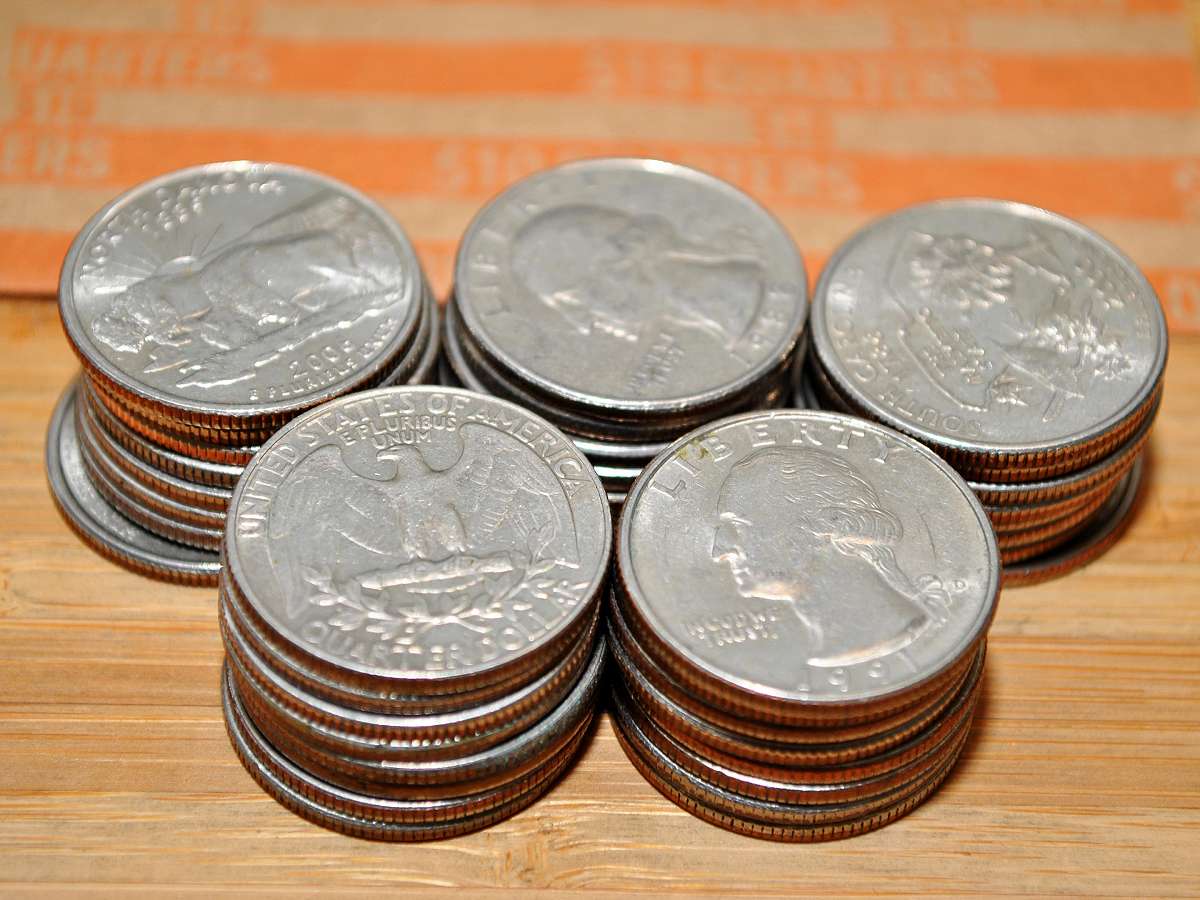How Many Quarters Is 5 Dollars
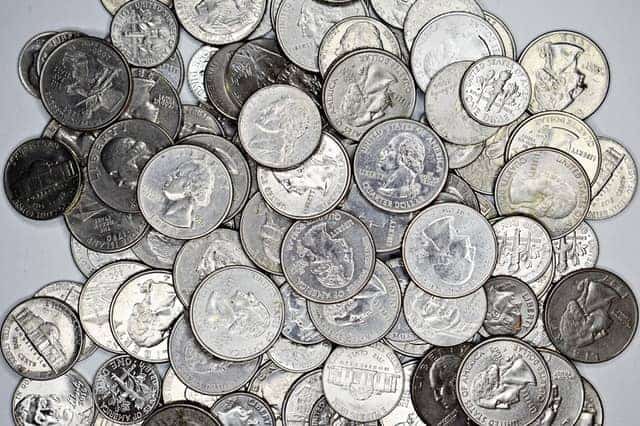
The deceptively simple question, "How many quarters is 5 dollars?" recently became a surprisingly prominent topic of discussion online, sparking debates and illustrating the varied approaches people take to problem-solving.
This seemingly trivial inquiry gained traction across social media platforms, highlighting not only basic arithmetic skills but also broader issues surrounding financial literacy and the different ways individuals process information.
The central question, of course, is: how many quarters ($0.25) are equivalent to five dollars ($5.00)?
The Obvious Answer and Why It Mattered
The answer, widely known and easily calculated, is 20. To arrive at this conclusion, one can divide the total amount ($5.00) by the value of a single quarter ($0.25).
Mathematically, this is represented as $5.00 / $0.25 = 20.
However, the significance lies not in the answer itself, but in the discussion it generated.
The Social Media Frenzy
The question went viral, prompting a range of responses from straightforward answers to elaborate explanations and even humorous takes.
Some individuals expressed surprise that the question even needed to be asked, while others defended those who struggled, citing different learning styles or unfamiliarity with currency calculations.
This online discourse inadvertently shed light on the varying levels of financial literacy within the population.
Financial Literacy: A Broader Perspective
Financial literacy, defined as the ability to understand and effectively use various financial skills, including personal financial management, budgeting, and investing, is a crucial life skill.
Organizations like the National Financial Educators Council (NFEC) have long advocated for improved financial education initiatives.
Their research suggests that a lack of financial literacy can lead to poor financial decisions, increased debt, and long-term financial instability.
The "quarters in five dollars" debate, while seemingly insignificant, indirectly underscored the importance of basic financial understanding.
If a simple currency conversion poses a challenge, it suggests a potential gap in fundamental financial knowledge that could have broader implications.
The Importance of Context
It's important to consider the context in which the question arose.
Often, math problems presented in isolation can be more challenging than those encountered in real-world situations.
For instance, someone accustomed to handling cash transactions regularly might instinctively know the answer, while someone who primarily uses electronic payment methods might need to consciously calculate it.
Moreover, the question could have been posed to children or individuals with learning disabilities, in which case a more patient and supportive approach would be warranted.
Potential Impact and Takeaways
While the "quarters in five dollars" question might seem like a fleeting internet trend, it has the potential to spark meaningful conversations about financial education.
Parents, educators, and policymakers can use this as an opportunity to assess and improve financial literacy programs.
Furthermore, it highlights the importance of tailoring financial education to meet the diverse needs and learning styles of individuals.
The event also serves as a reminder that online interactions, even those seemingly trivial, can have unexpected and far-reaching consequences.
The discussion prompted by this simple question reveals the diverse ways people approach problem-solving and the need for greater emphasis on basic financial skills.

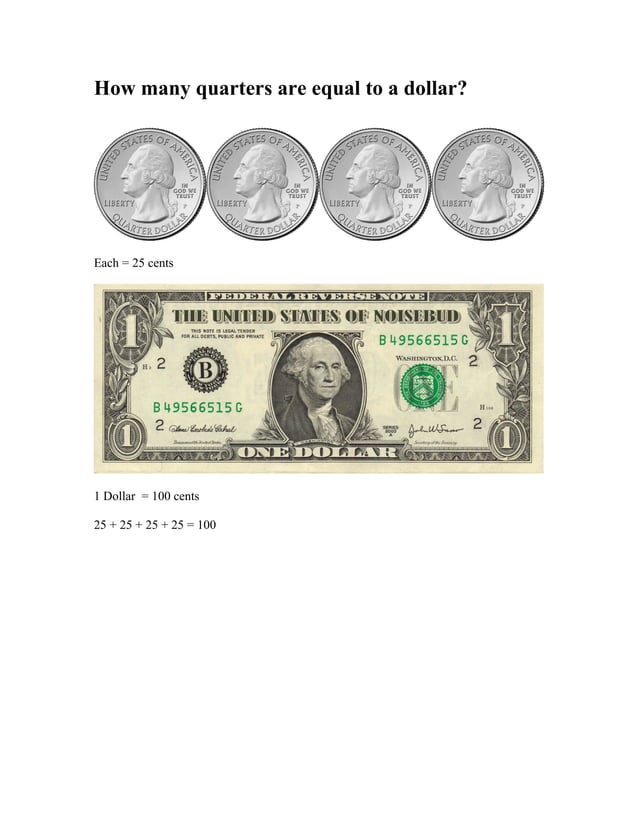
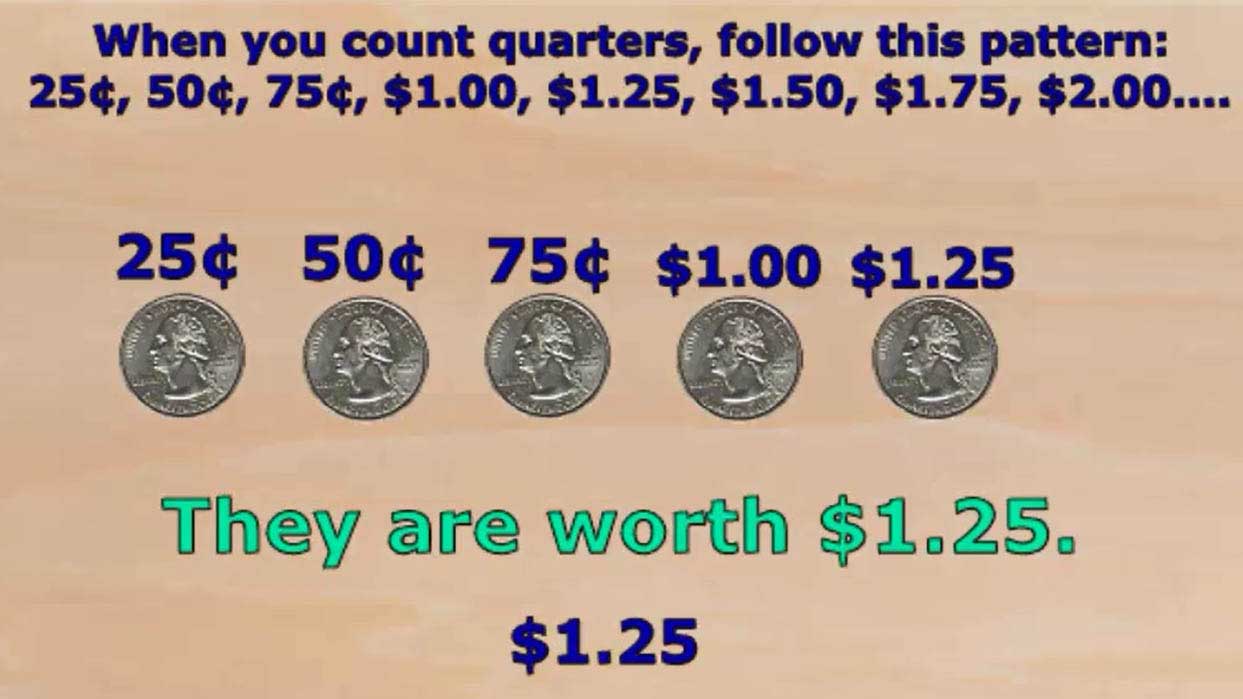
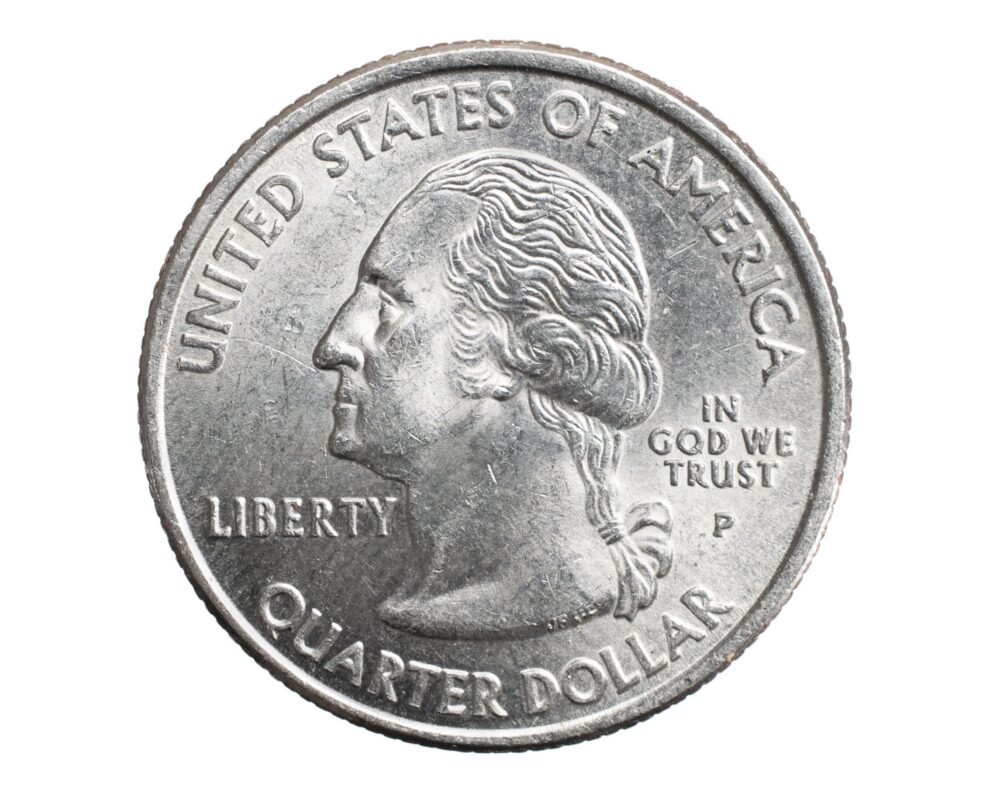


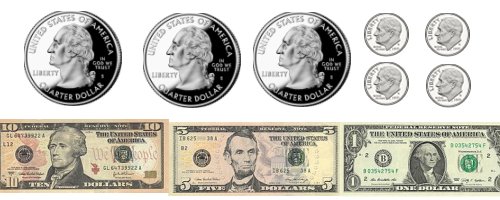
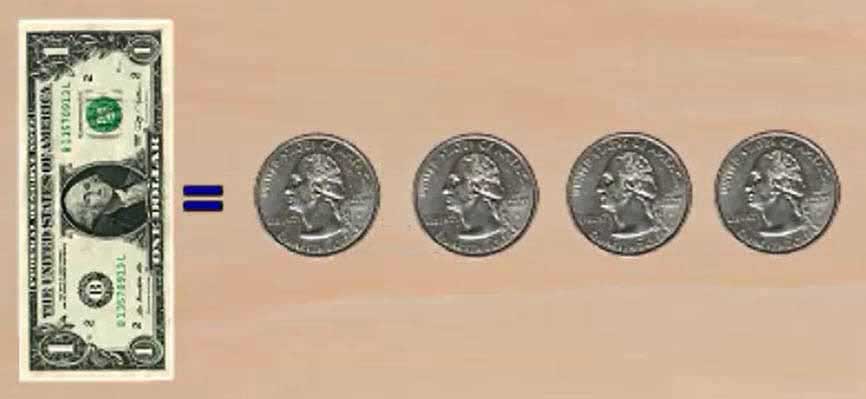

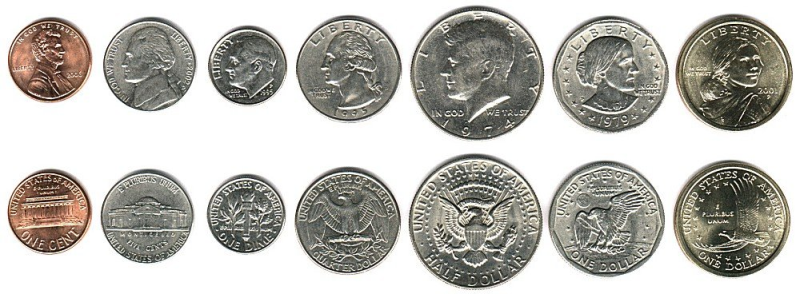



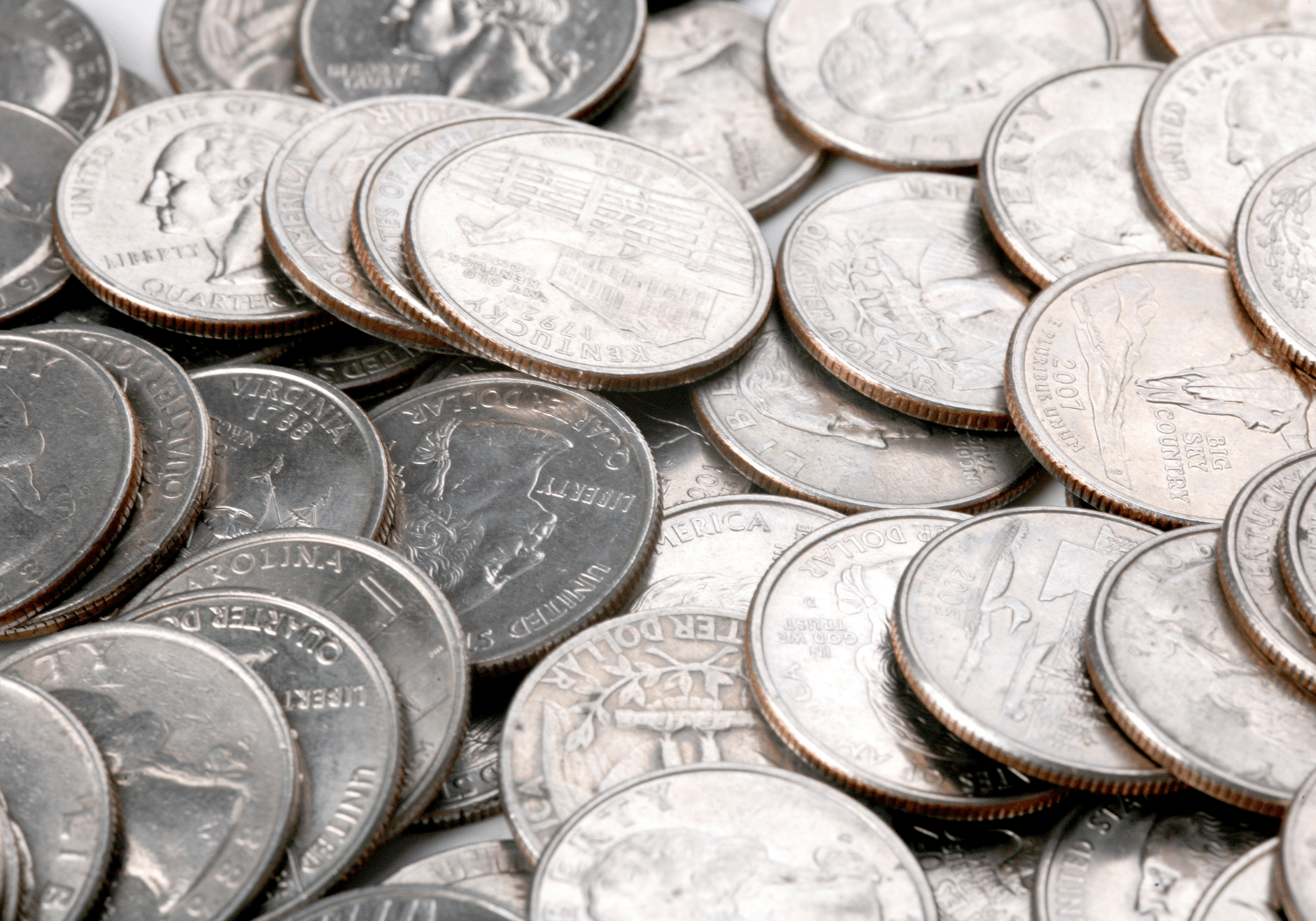
:max_bytes(150000):strip_icc()/number-of-coins-in-roll-768862_final-5b3f7ec046e0fb00371742cb.png)

